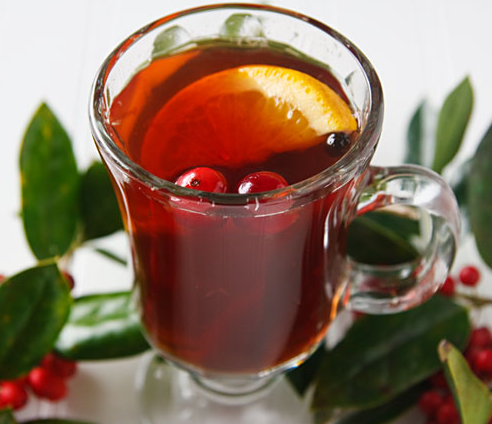
The topic for Mon. December 15 – Day 31 of our 30 (40) Days of Blogging is
GLOG, GROG, OR WASSAIL
The famous holiday drinks.
What is the difference, you ask? I’m glad you did! The answers are from one of our previous year’s challenge blogs, The Orthodox Life on “Nog, Glögg & Grog”
“Glögg” is a delicious, warmed, spiced wine, commonly associated with the Christmas season. The word “glögg” first showed up in print in the year 1870, and its fame as a holiday beverage was in full swing by the 1890s. From this limited information, it would be easy to conclude that all three of these holiday drinks are new concoctions, with glögg being the most recent. But not so fast. King Gustav I Vasa of Sweden was fond of a drink made from “German wine, sugar, honey, cinnamon, ginger, cardamom and cloves”, not unlike modern glögg. In 1609, it was named “glödgad vin”, which meant “glowing-hot wine.” Nearly three centuries later, this term was shortened to “glögg”. The drink’s name may be traced back four centuries. But the beverage itself is far older. Heated wine, prepared with mulled spices, was a drink enjoyed in first century Rome, over 2000 years ago.
“Grog” was first concocted a little over two hundred years ago. A mixture of rum and water, it was originally invented to stop English sailors from getting drunk. The English Royal Navy supplied their sailors with a daily ration of grog, frequently imbued with a little lime juice or lemon juice to ward off the scurvy. Admiral Vernon may have been the first to add lime juice to the rum-water concoction. His nickname was “Old Grog”, and it is believed that the nickname of this admiral was soon transferred to become the name of this naval drink.
“Wassail” refers both to the salute ‘Waes Hail‘ (literally ‘be you healthy’) and to the drink of wassail, a hot mulled cider traditionally drunk as an integral part of wassailing, an ancient southern English drinking ritual intended to ensure a good cider apple harvest the following year.
It’s worthy of a blog post.
Yes, it is.
